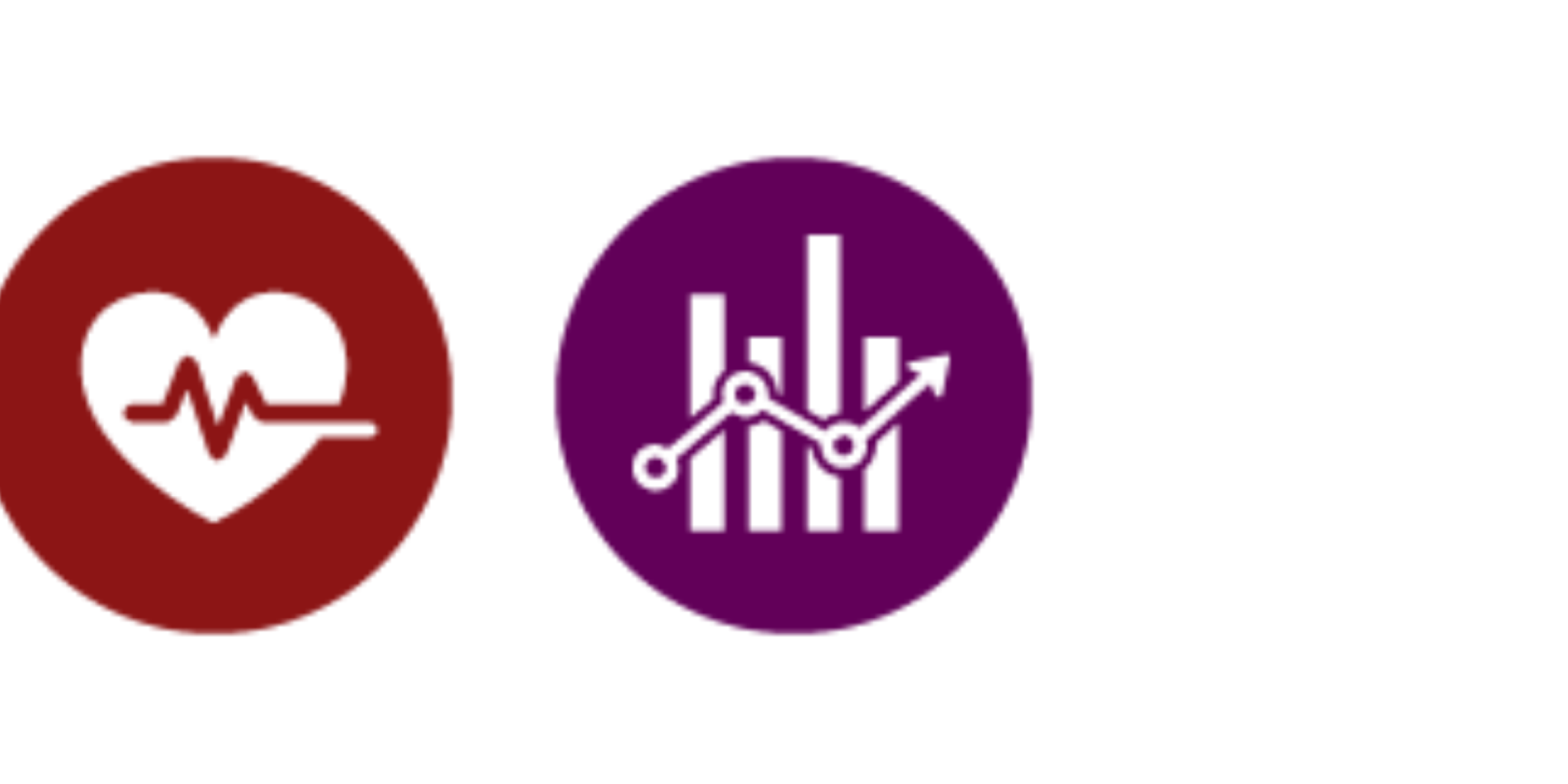Stanford students learn about geospatial innovations and potential ramifications at King Center

In far reaching corners of the world, especially low- and middle-income countries, how can organizations gather and process information?
Ground-based surveys have traditionally been the most accurate way to gather data; however, this method can be tremendously time consuming and costly. A new approach of identifying global development trends, changes in land use, and mapping poverty is emerging and has tremendous promise and offers research and career opportunities for Stanford students.
On Wednesday, January 29, nearly 100 Stanford undergraduate students gathered at the Stanford King Center on Global Development to learn from three aerospace and machine learning industry experts who are utilizing these unconventional data streams: Zara Khan of Planet Labs, Michael Lapides of Orbital Insight, and Jordan Winkler of Descartes Labs. The event was co-sponsored with the King International Development Association and CS+Social Good student groups.
“I enjoyed learning more about the different ways data can be used to help with global development,” said Sasankh Munukutla, ’22, vice president of CS+Social Good. “The event allowed us to hear concrete examples and gave us the opportunity to talk on a personal level with the speakers.”
Harnessing big data for far-reaching problems

The evening was moderated by Marshall Burke, earth system science assistant professor, a King Center faculty affiliate, and a member of center’s Data for Development initiative. Throughout the evening, panelists described how they’ve utilized democratized data and images from satellites operated by NASA, NOAA, and the European Space Agency.
Khan, director of business development – agriculture for Planet Labs, showcased how spatial resolution can detect deforestation in developing countries using imagery from Landsat, an orbital mission between NASA and the U.S. Geological Survey. With property boundary data layered on top, algorithms identified potential deforestation in specific quadrants of tropical farmland. Greater resolution images allowed for algorithms to detect the deforestation more precisely, and with the property boundary data, a viewer is able to see where exactly it is occurring and who is responsible.
“You get a lot of imagery that you don’t really care about,” said Khan, “but when something happens, you get the information you need.”
For an example closer to home, Jordan Winkler, director of platform business development, discussed how Descartes Labs helps to fight wildfires in California.
“Predominately, wildfires are reported by people who visually see them while on the ground or in a plane,” said Winkler. “Even with California’s large population, there are still gaps in reporting wildfires, particularly in remote areas.”
Primarily using thermal-infrared data from GOES-16 and GOES-17, geostationary weather satellites operated by NASA and NOAA, Descartes Labs can detect on-the-ground hotspots within ten minutes of the fire igniting. In fall 2019, Descartes Labs was able to detect the devastating Kincade Fire in Sonoma County hours before Cal Fire could react. The lab is now working with the Los Angeles Times to maintain a real-time wildfires map.
Ethical ramifications
With the now abundance of high-resolution satellite imagery and detailed datasets accessible to the public, the conversation shifted to the ethics and privacy of harnessing big data.
Planet Labs’ ethical code is to publish everything, said Khan, though internal arguments and debates arise occasionally on whether to not publish images that may have geopolitical implications.
The satellites used by the three organizations are typically able to identify buildings, cars, geographic formations, and sometimes even unfolding geopolitical events, but the U.S. government has intense restrictions on satellite resolution (<30cm resolution).
“Global politics is complicated,” said Winkler. “Much of what these technologies are meant to do is to prevent harm and it’s easy to malign them because they are associated with destructive power. However, so much of what we’re able to do in the private sector and for the public good has come out of that work in the Department of Defense. Up until ten years ago, that’s traditionally where all of the geospatial intelligence activity has occurred.”
Satellites such as GOES-16/17 and Landsat are funded, operated, and maintained by the U.S. government, which has created trillions of dollars’ worth of good, particularly in areas like agricultural development.
Hurdles for application to international development
With all of this imagery and access to these rich data sources, Burke asked, what’s slowing down the international development community from maximizing its impact and using big data to address the UN Sustainable Development Goals?
“Education,” said Lapides, director of marketing at Orbital Insight. “The capabilities of geo-spatial data combined with AI are infinite, but if you don’t know what that is, then you can’t utilize it. We’re trying to lift the hood and bring that information to the end user in a usable format without them having to be experts.”
“Training data,” said Winkler. In machine learning, algorithms are tested on training datasets, or a set of examples, to fit its parameters, identify patterns, and make predictions.
Winkler continued, “You can’t have a conversation about remotely-sensed satellite derived analysis without encountering this problem. There are millions and millions and millions of tagged pictures of cats and dogs on the Internet, you cannot find millions of examples of what a building looks like from space.”


